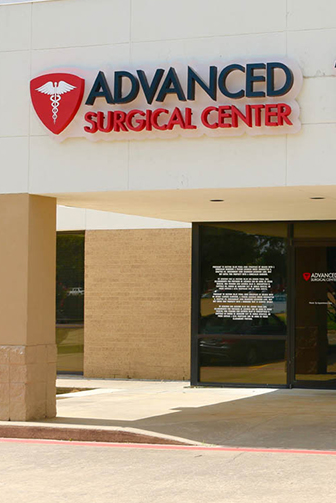What is thermal vein ablation?
Thermal vein ablation, also called endovenous ablation, is a minimally invasive medical procedure that involves the elimination of a diseased vein by application of thermal energy to the inside of the vein.
What conditions are treated with thermal vein ablation?
Vein ablation is used to treat varicose veins in the legs - sometimes for cosmetic reasons but more often to help manage chronic venous disease. In more advanced stage of chronic venous disease, varicose veins can cause a backup in blood flow that affects the leg’s entire venous system.¹ Closing down varicose veins with ablation treatment helps to reroute blood flow through nearby healthy veins, and improves symptoms of chronic venous disease.
Vein ablation may also be performed in addition to deep vein stenting in the case of venous stenosis or May-Thurner Syndrome to help correct venous blood flow throughout the leg.
How is thermal ablation performed?
Thermal vein ablation is a minimally invasive catheter-based procedure, meaning that treatment is delivered on a small tube through a tiny puncture in your leg. The catheter in this case is equipped with a radiofrequency heating element or a laser. Prior to applying thermal energy, tumescent anesthesia is injected into the saphenous compartment to act as a heat sink and numb the leg. Thermal treatment is applied in segments along the length of the vein, causing the vein wall to collapse. Over time, as the treated vein heals it gets replaced with scar tissue.



